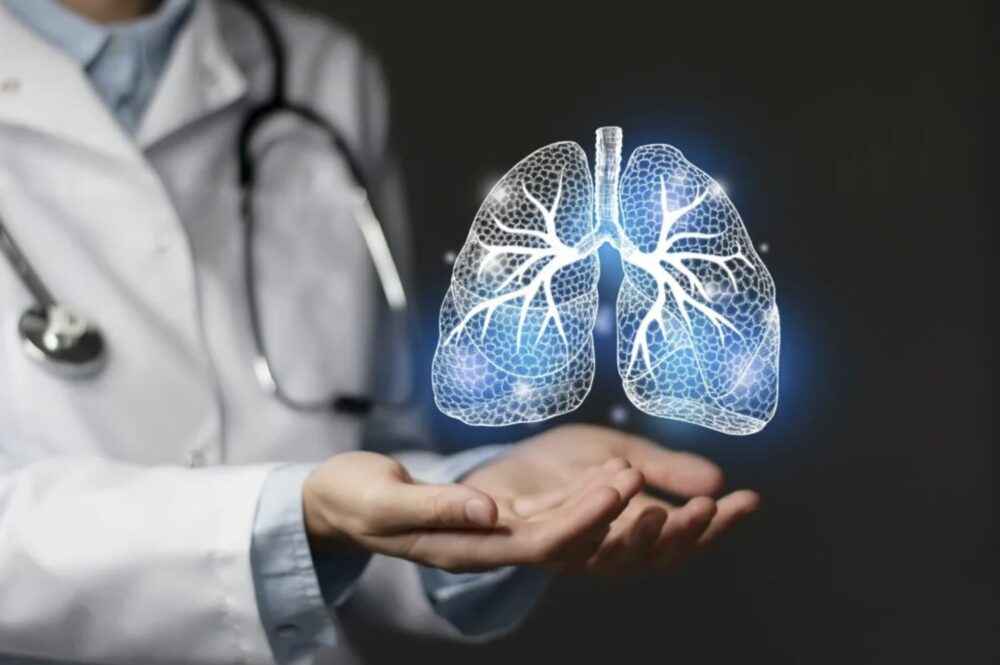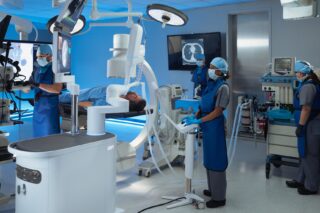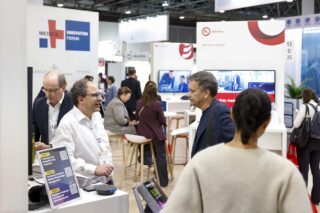Get the details of the most powerful advances in respiratory therapy in this op-ed by James Colquitt, Ph.D., Associate Dean of Research & Clinical Simulation at Illinois College of Osteopathic Medicine at The Chicago School.
The field of respiratory therapy has long been a critical part of healthcare. From managing chronic conditions, to diagnosing and preventing new ones, this particular specialty impacts people of all ages, backgrounds, and health histories. The last few years, however, have catapulted respiratory therapy into a new realm of immense pressure as demographic shifts, an aging population, post-COVID complications, and environmental stressors drive increasing cases of asthma, COPD, pneumonia, and other conditions.
We are living in a time where asthma is a leading chronic disease in children, with nearly 5 million kids under 18 living with the condition. COPD is 1 of the top 10 causes of death in the U.S. and nearly 16 million U.S. adults are living with it. Without prevention and timely intervention, patients risk frequent hospitalizations, loss of independence, and diminished quality of life. That is why training the next generation of clinicians means teaching them to anchor care in prevention while using innovation as a force multiplier.
Understanding Innovation & Underscoring Prevention
The temptation to lean solely on the rapidly evolving world of technology to better treat these conditions is strong. From AI diagnostics to genetic breakthroughs and novel drug therapies, there is no shortage of options to choose from. However, the most transformative “innovation” may be the oldest one – prevention. Therefore, what’s truly new today is how modern technology enables prevention to be more personalized, trackable, and impactful than ever before.
We know prevention works. Decades of research confirm that smoking cessation, cleaner air, and environmental awareness reduce disease burden. While these remain the cornerstones of respiratory therapy, we must acknowledge and embrace that prevention is no longer just lifestyle advice. Technology is making prevention actionable and measurable in homes, schools, workplaces, and clinics. For example, smart air purifiers and advanced HVAC systems (e.g. Coway Airmega, Daikin, Rensair) now track air quality in real time, automatically adjusting to remove particulates, allergens, and even smoke. This helps patients avoid irritants before symptoms flare. On a more individualized scale, internet of things (IoT) air-quality monitors and wearables (e.g. Airthings View Plus, Atmotube Pro) alert people to pollutant spikes, turning invisible threats into actionable data.
Remote Monitoring & Telehealth
For those already diagnosed with respiratory illness, advancements in remote monitoring and telehealth are fundamentally reshaping how and where prevention happens. Wearable biosensors such as Strados RESP and VitalPatch can now capture cough frequency, lung sounds, oxygen saturation, and breathing patterns continuously and in real time. This data gives clinicians early warning of changes in a patient’s condition and allows them to intervene before symptoms become severe — reducing emergency visits and hospitalizations. Similarly, remote spirometry tools make it possible for patients with asthma or COPD to conduct lung function tests at home. Providers can review the results asynchronously or in virtual visits, adjusting treatment plans proactively instead of reactively.
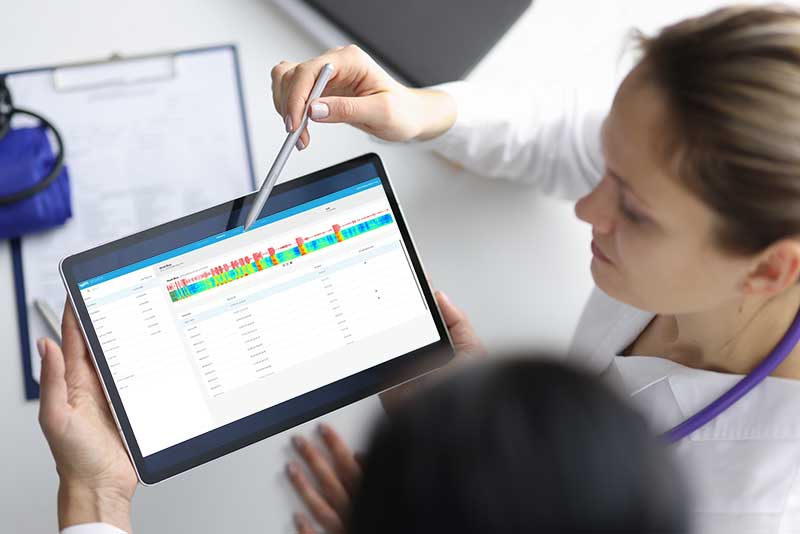
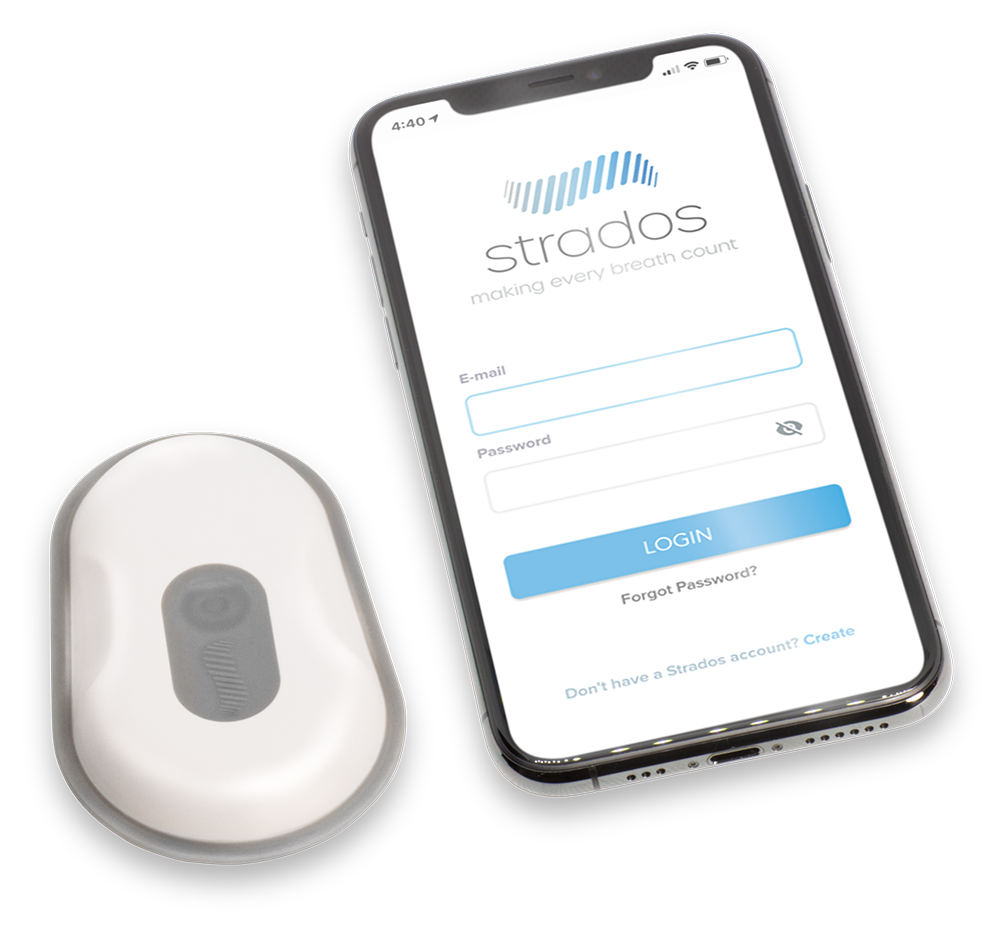
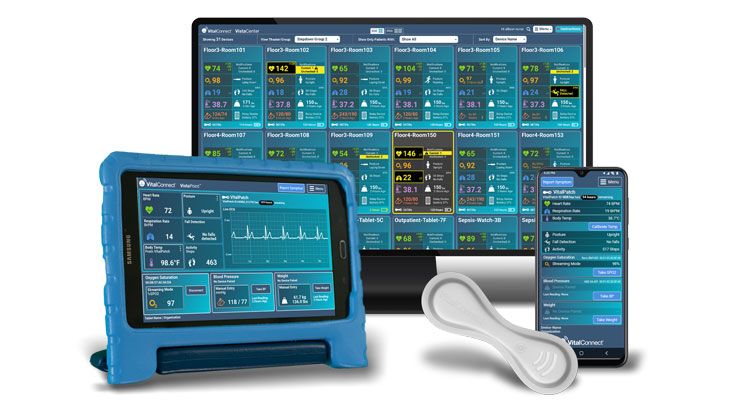
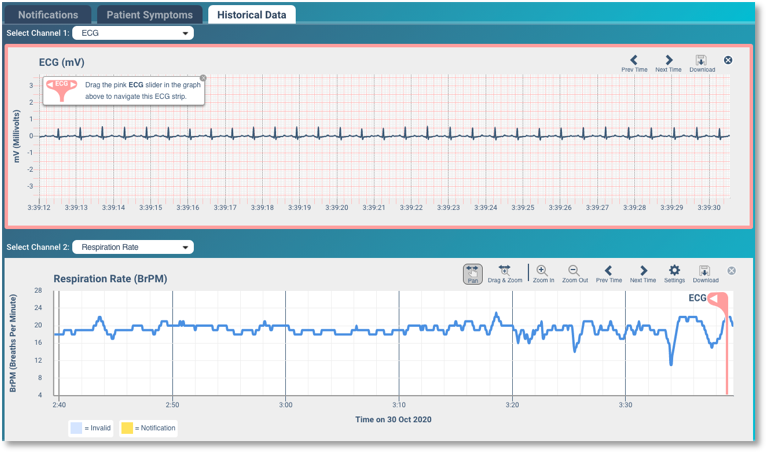
Telehealth is also transforming disease management and rehabilitation. Smart inhalers and digital adherence platforms not only track medication use but also coach patients on proper inhaler technique, a small but crucial factor in controlling chronic respiratory disease. Virtual pulmonary rehabilitation programs such as Kivo Health, Datos Health, and Carda Health now deliver tailored exercise regimens, education, and real-time clinician oversight directly into patients’ homes. This remote model has been shown to improve quality of life and reduce readmissions at rates comparable to traditional in-person programs, while eliminating barriers like transportation, distance, and mobility limitations. In rural areas and underserved communities, telehealth platforms are increasingly used to extend the reach of respiratory specialists, bringing high-quality care to patients who previously lacked access.
We Must Ensure Accessibility and Equitability
To make a truly meaningful impact, however, we must ensure that these innovations are accessible and equitable. Affordable home monitoring devices, partnerships with community health organizations, and broader insurance coverage for remote care are essential to ensure that telehealth advances improve outcomes for everyone — not just those with resources.
Today’s most powerful advances in respiratory therapy are not just about discovering new treatments. They are about bringing prevention to life in ways that are visible, measurable, and actionable for patients and providers alike. By blending evidence-based prevention strategies with innovative tools like telehealth, remote monitoring, and connected devices, we can shift care from reactive to proactive, reduce hospitalizations, and improve quality of life. The future of respiratory care will be defined not only by the technology we adopt, but by how we use it to create healthier lungs, bodies, and lives for all.
